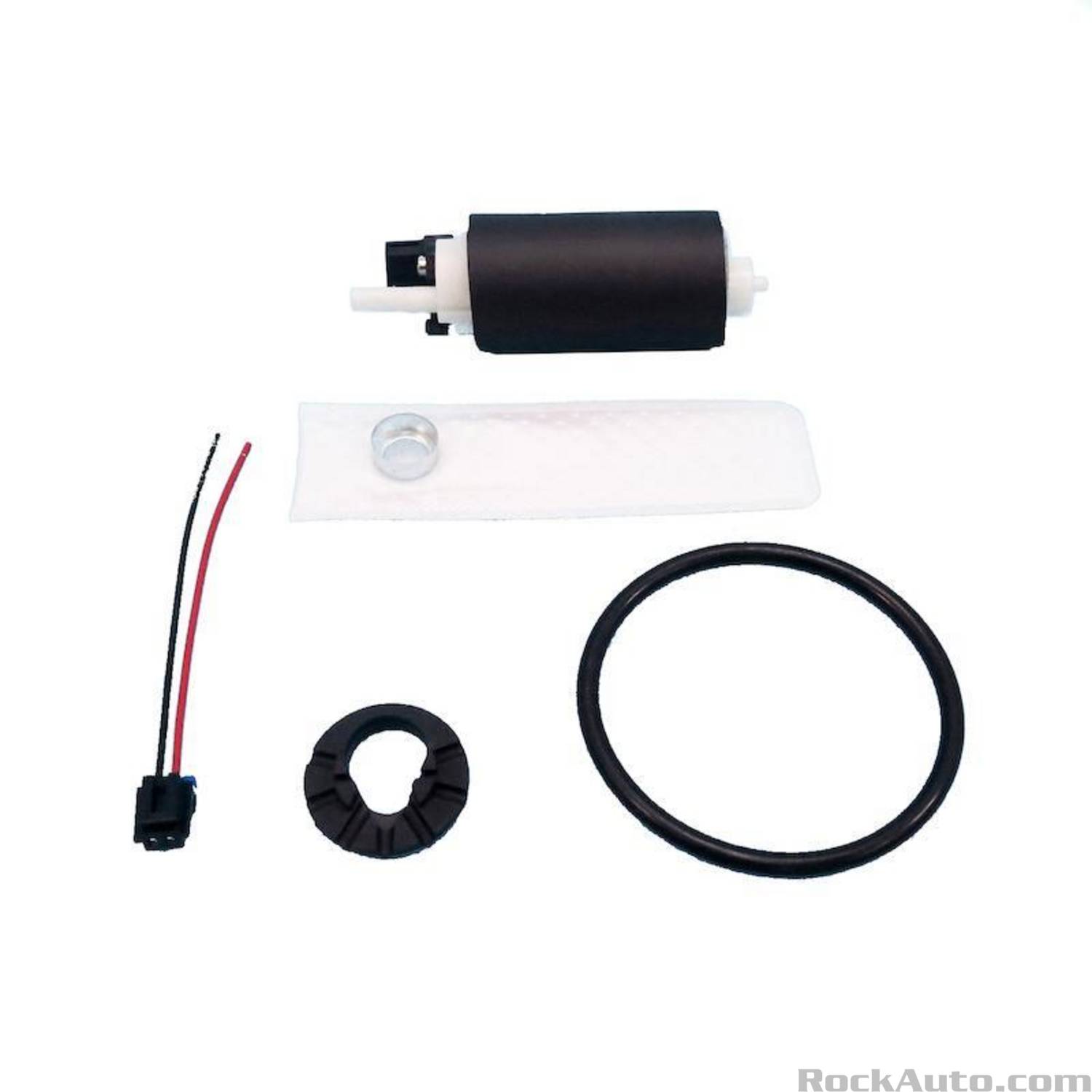well the rubber fill neck boot, showed up (fedex) so I spliced soldered the required wires, to make a custom wire and connector patch from the two sets of electrical connectors and wires they shipped , both sets would not work, as both were missing the electrical connectors that the other set of wires and connectors had, that were REQUIRED, that were not on the other set! thus the custom cut and re-soldered wire fabrication was required, allowing the correct connectors and wiring, and used the shrink tube, over the custom soldered connections, to isolate and insulate as required,
and the result was I could start the corvette!
I purchase two types of injector cleaner and poured them in the fuel tank along with 10 gallons of fresh non-ethanol laced fuel,
as expected (crossed fingers) the corvette started right up and after about 3 minutes of idling a bit rough it smoothed out.
the only real issue is having had both my knees replaced Its no longer that easy to slide into a c4 corvette at 75 years old and being much less flexible!


still it's nice to see I still have the diagnostic skills to locate & cure issues and get the 1996 corvette running
(a good feeling)
after being forced to let the corvette be sitting for over a year at my sons home,
due to my dual knee replacement, knee surgery issues making it a P.I.T.A. to walk or stand for and considerable time,
(yes I did and oil and oil filter and fuel filter change before I replaced the fuel pump)
BTW
if you've never worked on a C4 corvettes fuel pump and purchase one don't be amazed and feel cheated when you pay for that in the tank mounted fuel pump and your shipped a pump that's about the size , or a bit smaller in length and not much bigger in diameter than that of two D-cell flashlight, batteries, I know the first time I saw the C4 fuel pump I thought it must be a mistake, I falsely assumed it would be about the size of a soda can...
you know as its a CORVETTE!
and the result was I could start the corvette!
I purchase two types of injector cleaner and poured them in the fuel tank along with 10 gallons of fresh non-ethanol laced fuel,
as expected (crossed fingers) the corvette started right up and after about 3 minutes of idling a bit rough it smoothed out.
the only real issue is having had both my knees replaced Its no longer that easy to slide into a c4 corvette at 75 years old and being much less flexible!



still it's nice to see I still have the diagnostic skills to locate & cure issues and get the 1996 corvette running
(a good feeling)
after being forced to let the corvette be sitting for over a year at my sons home,
due to my dual knee replacement, knee surgery issues making it a P.I.T.A. to walk or stand for and considerable time,
(yes I did and oil and oil filter and fuel filter change before I replaced the fuel pump)
BTW
if you've never worked on a C4 corvettes fuel pump and purchase one don't be amazed and feel cheated when you pay for that in the tank mounted fuel pump and your shipped a pump that's about the size , or a bit smaller in length and not much bigger in diameter than that of two D-cell flashlight, batteries, I know the first time I saw the C4 fuel pump I thought it must be a mistake, I falsely assumed it would be about the size of a soda can...
you know as its a CORVETTE!
Last edited:


